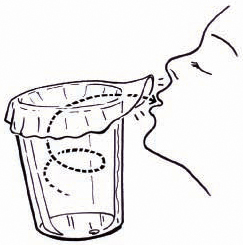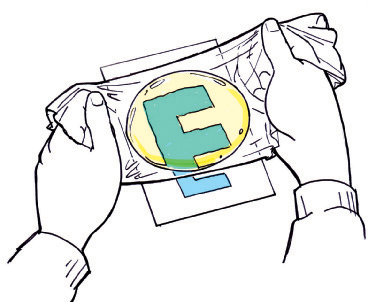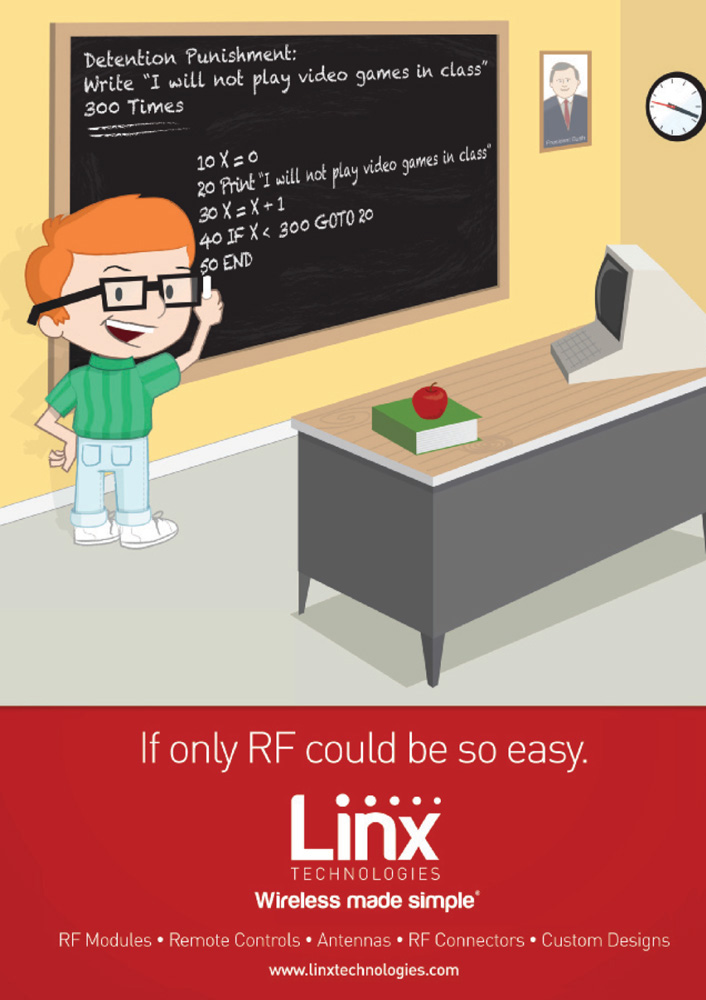Invented & drawn by Bob Knetzger
Toy Inventor’s Notebook
Edible Optics
Gelatin is used in lots of things like food, candy, and pharmaceutical and paintball capsules, but it also has interesting optical properties. Before plastics, it was used to make colorful filters for theatrical lighting and photography (called “gels”).
A fun way to play with gelatin optics is to cast lenses. Mix the gelatin in a very concentrated form, about 1Tbsp powdered gelatin in ⅛ cup of water, and leave to set in the bottom of a rounded bowl or dish. (A concave watch glass makes a perfect lens mold!) You can also make a convex lens mold by stretching plastic wrap over the mouth of a glass and then sucking out the air before quickly sealing the wrap (Figure A). The stretched film will make a wrinkle-free concave shape. Add a rubber band around the rim to keep it sealed airtight. Pour the gelatin mix on top and let set in the fridge (Figure B). When set, remove the wrap to use the lens (Figure C). Unflavored gelatin makes clear lenses, but you can use flavored gelatin to play with colored filters, too.



How powerful is your lens? That depends on the shape and the material: 1/focal length = (n – 1) (1/lens radius). With a refractive index of around n = 1.38, gelatin is less refractive than glass (n = 1.51) and only slightly more than water (n = 1.33). I’ll leave it to you to combine two gelatin lenses to create a “jello-scope.” When you’re done looking, eat your edible optics! ![]()
![]() For photos, go to makezine.com/34.
For photos, go to makezine.com/34.


